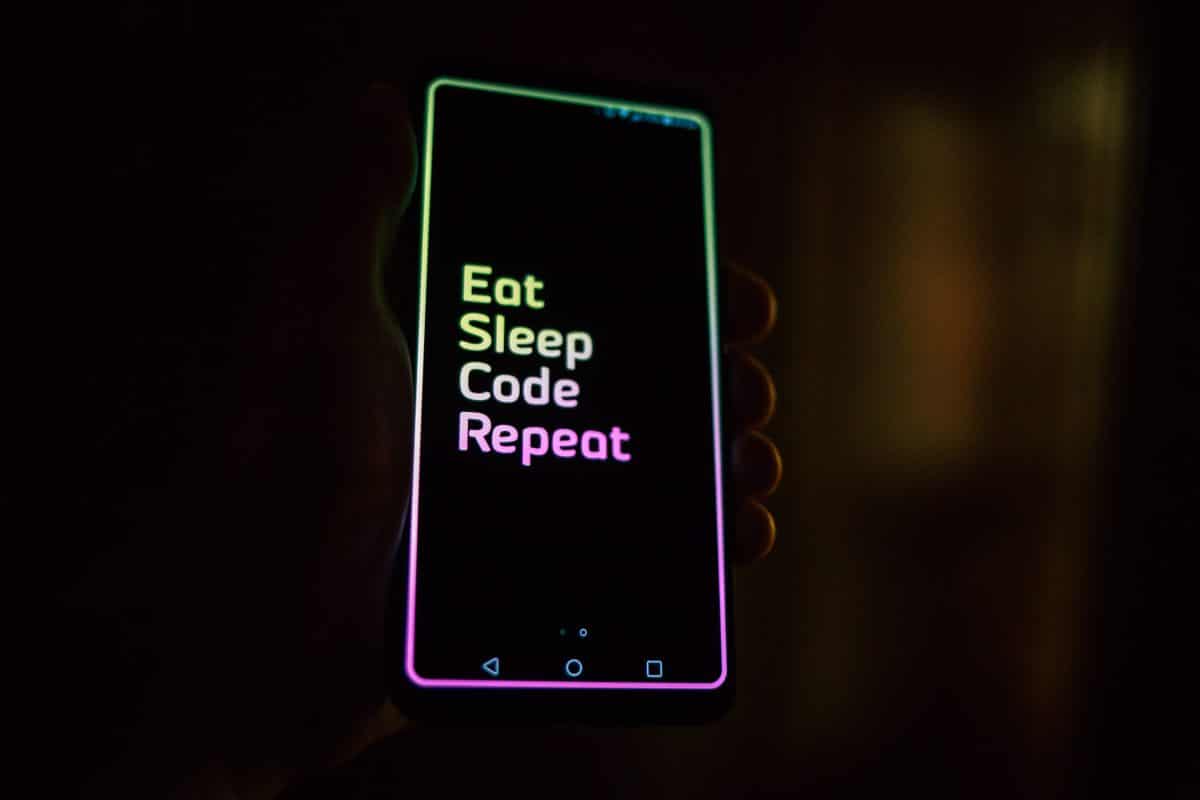Are you unsure about the differences between low code and no code tools? Here we will review all the differences so you never have this doubt again!
Even it can seem to be similar concepts, actually, low-code and no-code platforms have key differences that make them easy to identify and choose which approach works better for your next project. Let’s check them out!
Low Code
Low-code is an approach to software development that requires little code to create and build digital products. With low-code, you can automate, build and fix apps and you don’t always precise coding. Many low-code platforms allow you to construct an app, automate a business process, and integrate data without writing any code.
Low-code platforms are usually targeted at skilled developers, but they don’t require any coding knowledge to utilize. With a low-code development platform, a junior developer or technical business user can be extremely productive.
These are some examples of low-code tools:
- Lansa
- GeneXus
- Zoho Creator
- Creatio
- Appian
No Code
No-code frameworks are software development tools that enable non-technical users to run apps without writing a single line of code. These tools typically include a user-friendly interface and drag-and-drop capabilities, which make it simple to visualize the implementation process and describe the overall business logic.
What are the disadvantages of No Code? Well, software customization is limited and you will rely entirely on these platform’s capabilities, which can be only a few. To put it another way, you’ll need to change your business practices to make use of the no-code network’s capabilities. When your business relies on the code you’ve written, the possibilities are way larger than with no-code platforms.
These are some examples of no-code tools:
- Webflow
- Carrd
- Thunkable
- Memberstack
- UserGuiding
- Voiceflow
- Otter.ai
- Airtable
If you’re looking to know more about No Code app builders or No Code apps, check out our blogposts to keep learning!
